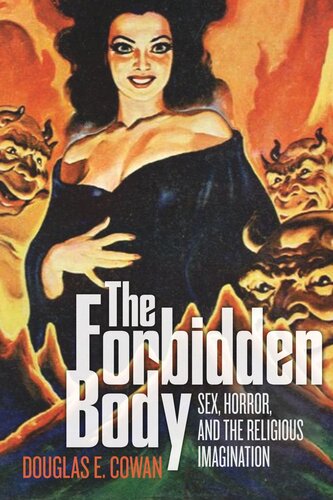

Most ebook files are in PDF format, so you can easily read them using various software such as Foxit Reader or directly on the Google Chrome browser.
Some ebook files are released by publishers in other formats such as .awz, .mobi, .epub, .fb2, etc. You may need to install specific software to read these formats on mobile/PC, such as Calibre.
Please read the tutorial at this link: https://ebookbell.com/faq
We offer FREE conversion to the popular formats you request; however, this may take some time. Therefore, right after payment, please email us, and we will try to provide the service as quickly as possible.
For some exceptional file formats or broken links (if any), please refrain from opening any disputes. Instead, email us first, and we will try to assist within a maximum of 6 hours.
EbookBell Team

0.0
0 reviewsFrom creature features to indie horror flicks, find out what happens when sex, horror, and the religious imagination come together
Throughout history, religion has attempted to control nothing so much as our bodies: what they are and what they mean; what we do with them, with whom, and under what circumstances; how they may be displayed—or, more commonly, how they must be hidden. Yet, we remain fascinated, obsessed even, by bodies that have left, or been forced out of, their “proper” place. The Forbidden Body examines how horror culture treats these bodies, exploring the dark spaces where sex and the sexual body come together with religious belief and tales of terror.
Taking a broad approach not limited to horror cinema or popular fiction, but embracing also literary horror, weird fiction, graphic storytelling, visual arts, and participative culture, Douglas E. Cowan explores how fears of bodies that are tainted, impure, or sexually deviant are made visible and reinforced through popular horror tropes. The volume challenges the reader to move beyond preconceived notions of religion in order to decipher the “religious imagination” at play in the scary stories we tell over and over again.
Cowan argues that stories of religious bodies “out of place” are so compelling because they force us to consider questions that religious belief cannot comfortably answer: Who are we? Where do we come from? Why do we suffer? And above all, do we matter? As illuminating as it is unsettling, The Forbidden Body offers a fascinating look at how and why we imagine bodies in all the wrong places.